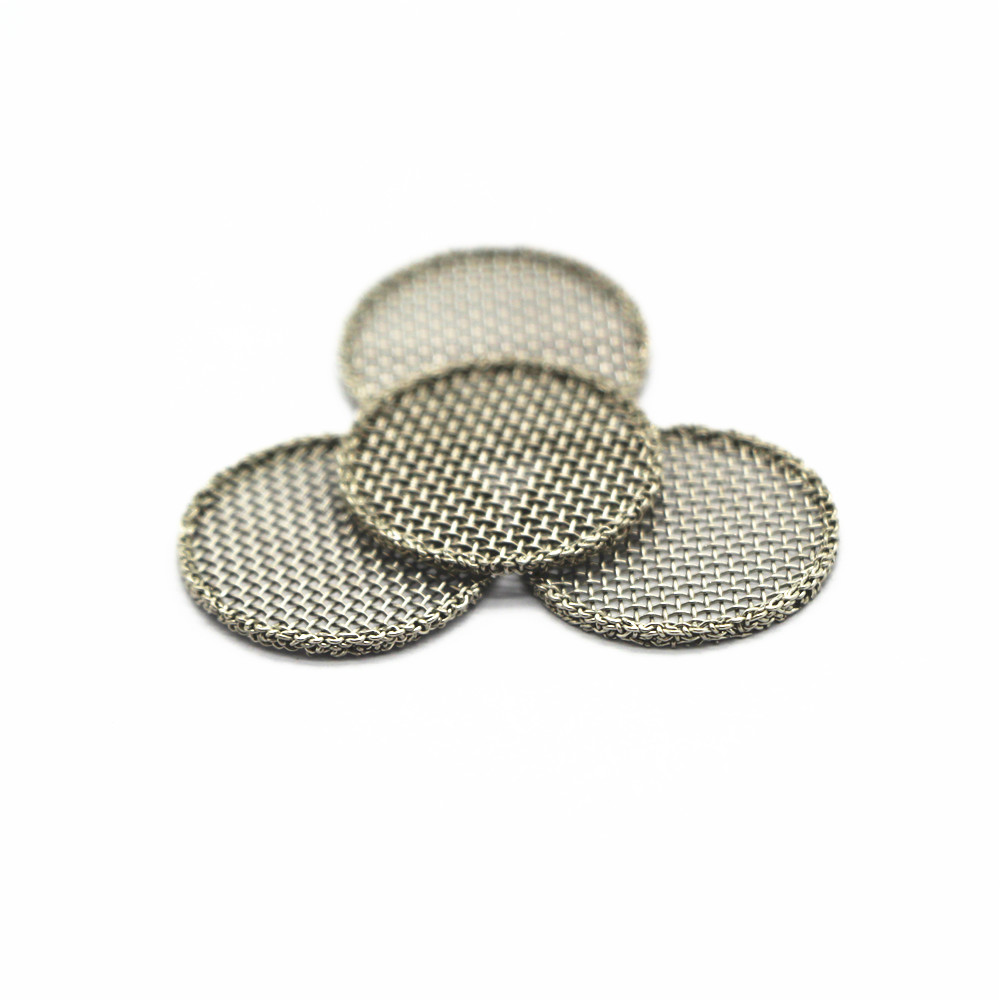Chainsaw safety is a critical aspect of using these powerful tools effectively and responsibly. One often overlooked issue that can lead to dangerous situations is chainsaw backfire. While the term sounds alarming, it's a common occurrence that can be prevented with proper understanding and maintenance.
**What is Chainsaw Backfire?**
Chainsaw backfire occurs when unburned fuel ignites in the exhaust system or carburetor, causing flames or loud noises. This happens due to incomplete combustion inside the engine. The internal combustion process involves a mixture of air and fuel being ignited by a spark plug. If this process is disrupted—whether due to improper timing, faulty components, or poor fuel quality—the excess fuel may ignite in the wrong place, leading to a backfire.
**Common Causes of Chainsaw Backfires**
Several factors can contribute to chainsaw backfires, including:
- **Incorrect Fuel Mixture**: Too much oil or the wrong gas-to-oil ratio can cause incomplete combustion.
- **Poor Fuel Quality**: Contaminated or old fuel can lead to erratic performance.
- **Dirty Air Filter**: A clogged filter restricts airflow, making the mixture too rich.
- **Faulty Spark Plug**: A worn or damaged spark plug may not ignite the fuel properly.
- **Carburetor Issues**: Improper adjustments or clogged jets can disrupt the air-fuel balance.
- **Engine Wear**: Over time, engine components may degrade, affecting performance.
- **Improper Starting Techniques**: Flooding the engine can also trigger backfires.
**The Dangers of Chainsaw Backfire**
Backfires are more than just an inconvenience—they can be dangerous. They pose risks such as burns, sudden engine acceleration (which can lead to kickback), hearing damage from loud noises, and potential damage to the chainsaw itself. Repeated backfires can also reduce the lifespan of key components like the carburetor and spark plugs.
**Troubleshooting Chainsaw Backfire: A Step-by-Step Guide**
If your chainsaw starts backfiring, follow these steps to identify and resolve the issue:
1. **Inspect the Spark Plug**: Check for wear, fouling, or damage. Replace if necessary.
2. **Check the Air Filter**: Clean or replace if dirty to ensure proper airflow.
3. **Evaluate the Fuel**: Use clean, high-quality fuel mixed according to manufacturer guidelines.
4. **Examine the Carburetor**: Look for blockages or misadjustments and clean or adjust as needed.
5. **Look for Air Leaks**: Seal any leaks in the intake system.
6. **Maintain the Cooling System**: Ensure proper ventilation and clean engine fins.
7. **Use Correct Starting Techniques**: Prime the engine properly to avoid flooding.
8. **Seek Professional Help**: If the problem persists, consult a qualified technician.
**Conclusion**
Understanding chainsaw backfire is essential for safe and efficient operation. By maintaining your equipment regularly and addressing issues promptly, you can prevent backfires and extend the life of your chainsaw. At BISON, we prioritize safety and performance in our designs, offering features like easy-to-clean air filters and user-friendly carburetors.
If you're looking for reliable chainsaws, consider partnering with BISON. We’re committed to delivering tools that are not only powerful but also built with your safety in mind.
**Frequently Asked Questions**
**How can I tell if my chainsaw’s carburetor timing is off?**
To check the timing, locate the TDC mark on the flywheel, align it with the body mark, and verify the piston position. Adjust the carburetor accordingly.
**How do I adjust the air-fuel mixture in the carburetor?**
Locate the idle mixture screw, turn it carefully until the engine runs smoothly. Avoid making the mixture too rich or lean, as this can cause sputtering or overheating.
Stainless Steel Wire Mesh Accessories
Wire Mesh Filter Disc produced by stamping process,it is
the main product for filtration equipment. Can be edge, spot welding treatment,
make it into stainless steel edge filter, stainless steel spot welding filter,
can be used single, double, multi-layer stainless steel mesh processing.
Filter mesh material is divided into:
Stainless Steel Wire Mesh, silk cloth, copper wire mesh, stainless steel woven wire mesh, black silk
cloth, galvanized wire mesh and other metals and so on.
Mesh diameter: 2 mm to 2000 mm.
Type: single layer, multi-layer; According
to the shape is divided into round, rectangular, waist shape, oval and other
uses: used in rubber, plastic industry, grain and oil screening, etc. Our
company can supply all kinds of filter pieces, including single layer,
multi-layer. Multi-layer mesh has double layer, three layer, or as
required processing. At the same time can also process a variety of
materials and sizes of rectangular, Plain Weave Wire Mesh .
According to the shape: rectangular filter,
circular filter, annular filter, distance filter, waist filter, oval filter,
fan filter.
According to the number of layers: single
layer filter, double layer filter, three layer filter, four layer filter, five
layer filter, multi-layer filter.
Custom size: 5mm ~ 1000 mm. (can be
customized processing).
Application industry: widely used in
"chemical fiber spinning, ultrafine fiber, leather, non-woven fabric,
color masterbatch, plastic, PVC granulation, sheet extrusion, rubber, carbon
fiber" melt filtration.
Stainless steel filter mesh characteristics:
stamping machinery through the mold stamping, shape of round, square,
rectangular, oval, bowl, cap, shaped, etc.
The product has the characteristics of
standard size, good filtration accuracy and easy to use.
Application: widely
used in chemical fiber industry spinneret, rubber, pharmaceutical, brewing,
beverage and filtration machinery industry filtration.
The woven wire mesh products we can also supply Wire Mesh Filter Tube, Wire Mesh Filter Cap and widely used in chemical ,petroleum,water treatment and other industries .

stainless steel wire mesh,woven wire mesh filter disc ,metal mesh filter tube
Suzhou Haoxiang Screen Stencil Products Co.,Ltd , https://www.haoxiangwiremesh.com
